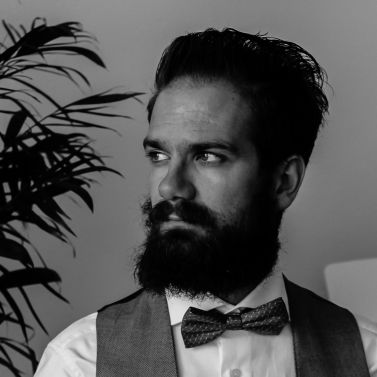How to make your colour palette usable for accessibility
How to make your colour palette usable for accessibility
We are inklusivo, a not-for-profit agency run by a community of inclusion and accessibility experts.
We believe two things:
Nothing about us without us
We help your organisation become and stay inclusive. We'll forge a plan together with you, utilise our network and find the best people to make it happen.
Some of our services include:
Get the best support. Let's assess your needs, and we will find the best way to meet them!
Contact usInklusivo is represented by these people, and supported by a broad network of people and organizations.



Get the best support. Let's assess your needs, and we will find the best way to meet them!
Contact us






and many more.





Get the best support. Let's assess your needs, and we will find the best way to meet them!
Contact usHow to make your colour palette usable for accessibility
QR codes and accessibility